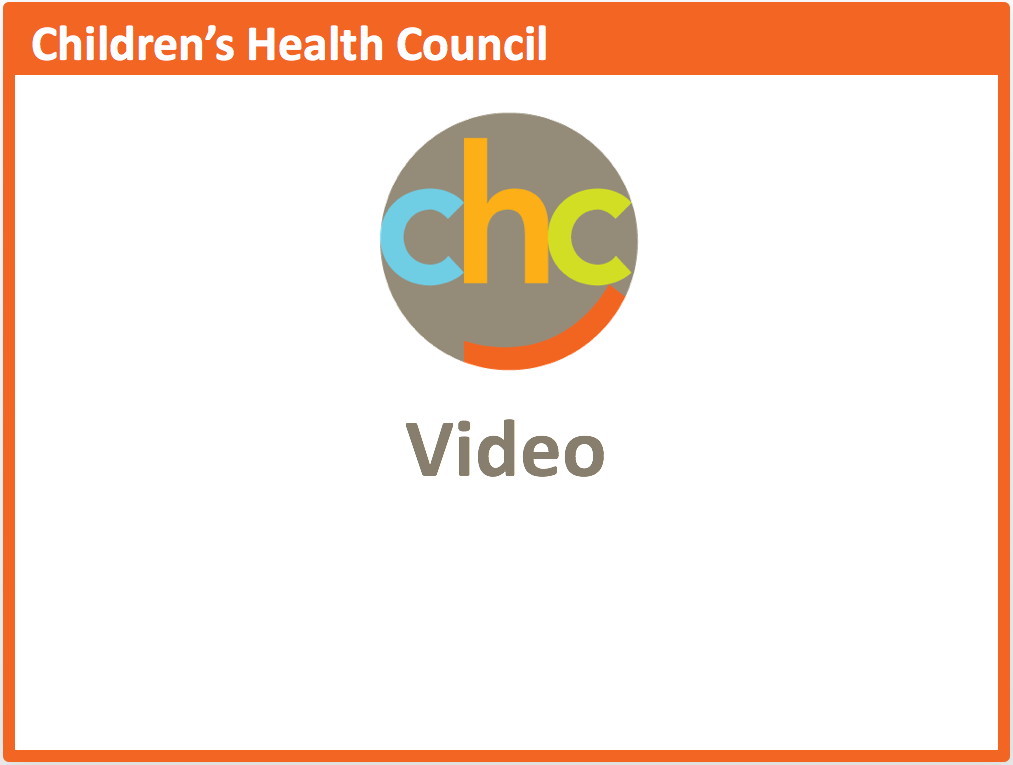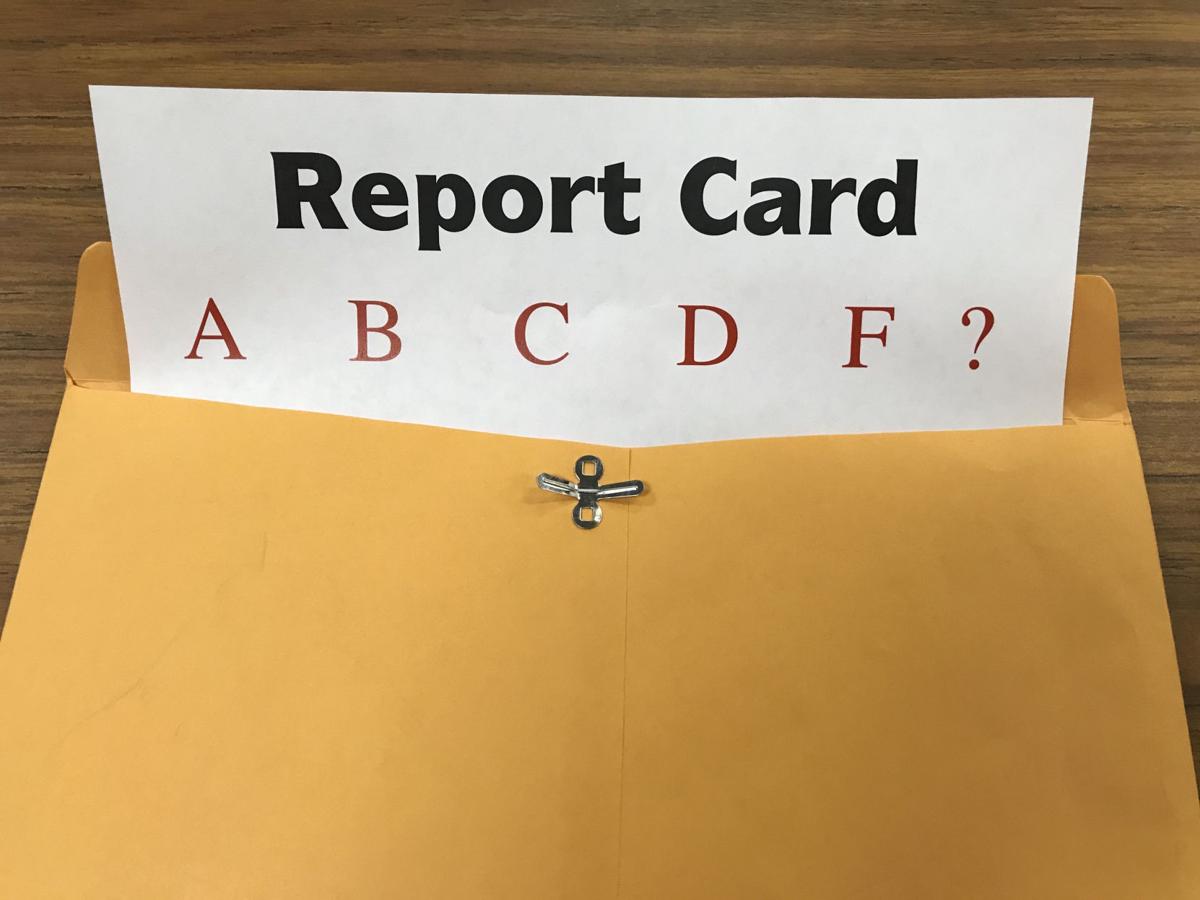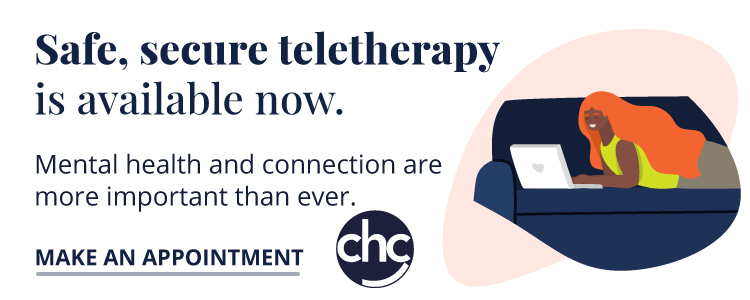
David Yeager, a former middle school teacher, learned early in his career that to truly motivate adolescents, it’s crucial to connect schoolwork to a deeper sense of purpose and meaning.
Now a psychology professor at the University of Texas at Austin, Yeager is on a mission to undo some of the big misconceptions we have about the teenage brain. Chief among them: The idea that kids are poor planners and goal-setters—when the incentives are right, in fact, kids are actually better at goal-directed behavior than adults.
Yeager asserts that teens are not inherently lazy or driven solely by shallow rewards like social media attention. Instead, they crave status, respect, and meaningful contributions.
Traditional methods like nagging, rigid enforcement, or lowering standards tend to backfire—either provoking anger or signaling that adults don’t believe in their capabilities. Instead, Yeager advocates for a mentor mindset: maintaining high expectations while offering high support, showing students that they are respected, capable, and on a path to real achievement.
One effective strategy Yeager describes is wise feedback—framing criticism around belief in students’ potential (“I have high standards and I know you can meet them”), which dramatically increases student engagement and willingness to revise their work. He also discusses the use of transparency messages, where teachers clearly explain that feedback and discipline are rooted in care and respect, rather than leaving students to assume the worst about adult intentions.

Yeager stresses that genuine belonging and purpose are essential for adolescent motivation. Schools often mistakenly try to manufacture belonging through slogans or merchandise, but real belonging comes from helping students reinterpret initial feelings of doubt as normal and temporary. Similarly, he emphasizes that students need help connecting their current academic work to future goals and broader meaning—a process he calls “cognitive bridging.” Asking students how today’s skills could help them achieve something important later helps anchor even mundane tasks in a sense of purpose.

Ultimately, Yeager’s research shows that with the right approach—one rooted in respect, high expectations, meaningful purpose, and genuine support—young people are capable of extraordinary motivation, effort, and achievement.
In an extensive interview with Edutopia, Yeager discusses the common mistakes we make when giving feedback to students.
Key Strategies to make classroom work more meaningful
- Connect Tasks to Real-Life Problems: Engage students by linking assignments to real-world issues they care about, which can enhance their motivation and discipline.
- Respect and Status: Frame desired behaviors in a way that aligns with adolescents’ core values of status and respect, rather than using an “enforcer mindset” or “protector mindset.”
- Mentor’s Mindset: Resolve the “mentor’s dilemma” by being honest and critical while providing enough support to help students meet high standards.
- Wise Feedback: Use “wise feedback” by clarifying the intent of feedback to show care and high expectations, which can increase students’ willingness to improve their work.
- Transparency Messages: Use transparency statements to clarify that feedback and discipline come from a place of care, helping to reduce students’ anxiety.
- Sense of Belonging: Understand and address the reasons students feel they don’t belong, rather than using superficial slogans.
- Academic Purpose: Encourage students to reflect on their purpose and connect it with their learning, helping them stay engaged even when tasks are challenging or dull.
Summary and excerpts from “The Science of Student Motivation” in Edutopia. Read the full interview online for additional details and insights.

Check out this presentation for strategies you can use today to foster a growth mindset and support student learning.
Source: Edutopia | The Science of Student Motivation, https://www.edutopia.org/article/the-science-of-student-motivation | ©2025 George Lucas Educational Foundation. Retrieved April 2025.





